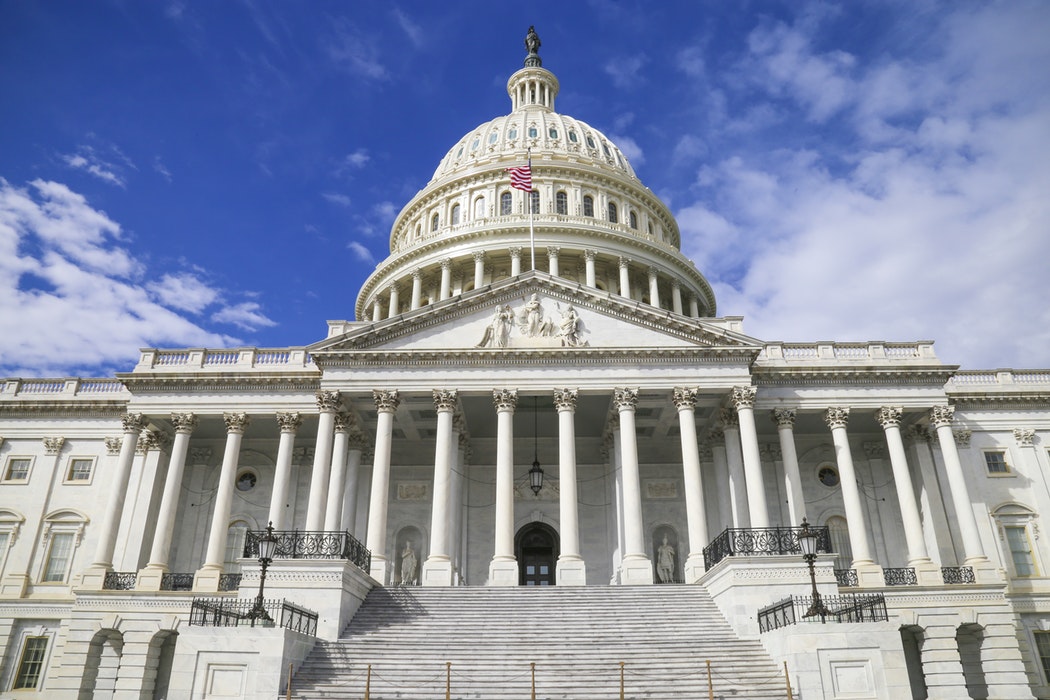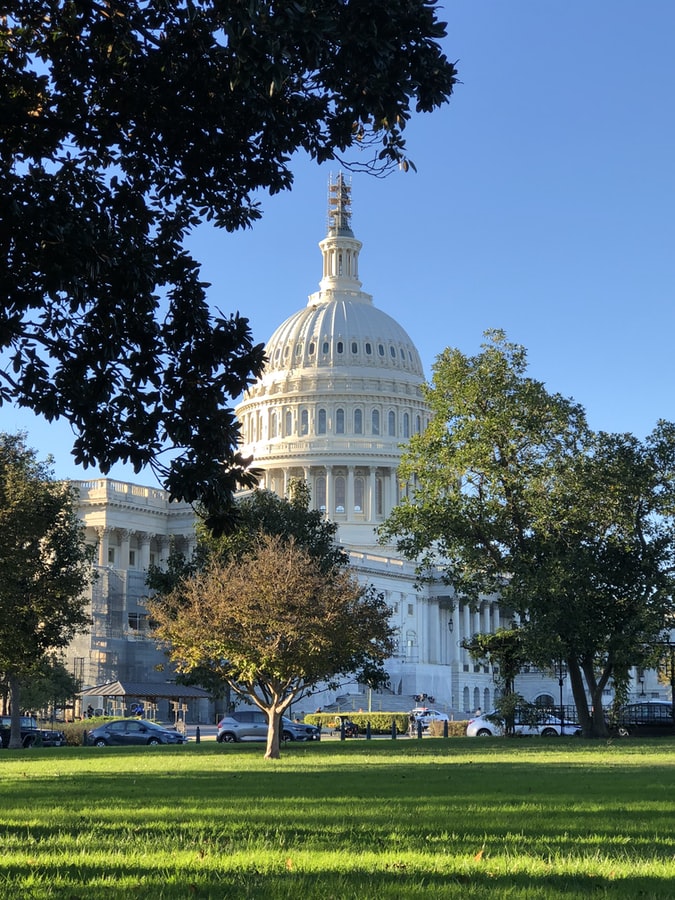Senate Releases NOAA Funding Bill
Senate bill makes targeted investments for our ocean

The lame duck session is in full swing, and soon the nation’s 116th Congress will come to a close. There will be some new faces in the 117th Congress. In that context, the Senate has unveiled their funding proposal for NOAA and other government agencies for Fiscal Year 2021 which, despite beginning back in October, has been operating under last year’s funding levels through a Continuing Resolution (CR). The CR keeps the government funded through December 11, 2020 and the Senate and House are working towards a final negotiated package by that deadline. During this time of change, the Senate’s proposal is a sign of continued bipartisan support for the National Oceanic and Atmospheric Administration (NOAA) and its vital programs. Moving forward into negotiations, we are urging appropriations leadership to work towards a robust final spending package that maintains some of the increases that have been proposed while ensuring that there are no cuts—and more importantly no eliminations—of critical NOAA programs.
Back in February, President Trump maintained his tradition of proposing deep, damaging cuts to NOAA funding. The House of Representatives again rejected those cuts and chose instead to invest in our nation’s blue economy. Facing continued economic headwinds, the Senate signaled bipartisan support for NOAA and the programs that benefit our coastal communities and economies. One example is Sea Grant, which supports research and outreach from local universities addressing ocean, coastal and Great Lakes issues on a state level. The Senate “roundly rejects the administration’s proposed elimination” of Sea Grant, and increases the program’s funding to $76 million. Other programs that the Senate proposal would increase funding to include:
- Coastal Management Grants, allocating $78.5 million towards projects to restore and sustainably develop our oceans and coasts in all of our coastal and Great Lakes states
- Regional Data Portals, which would see an increase to $3 million, allowing regions to better coordinate decisions in our ocean through stakeholder communications and using the most up-to-date data
- Fisheries Data Collections, Surveys and Assessments, which helps guide our scientific understanding on sustainable fish stocks, would increase to $176 million
- Integrated Ocean Acidification would increase to $15 million, seeking to address the ecological impacts of ocean acidification that have caused very real economic impacts on so many
While there were increases in the Senate bill, there were some negative aspects of their proposal that could have damaging impacts. The National Oceanographic Partnership Program (NOPP), which helps fund collaborations between the government, industry and academia to advance important ocean research, would be eliminated under the Senate proposal. Eliminating a program like NOPP will have tangible and cascading effects on other things that NOAA works on and that our coastal communities rely on. It is critical that this elimination is rejected as the House and Senate negotiate the final spending package for Fiscal Year 2021. As Ocean Conservancy has made clear with our “The More You NOAA” series, individual NOAA programs don’t just support programs that are independent of each other—all NOAA programs are interconnected.
When Fiscal Year 2021 began in October, the House and Senate bought themselves a bit more time to work on appropriations, with a Continuing Resolution that expires on December 11, 2020. Now, as the 116th Congress winds down, it is incumbent on them to fully fund the NOAA programs that protect our ocean resources and benefit the communities and economies that rely on them.
For more information and opportunities to engage throughout the budget process (debate over Fiscal Year 2022 begins in a few months!), sign up to receive email updates from Ocean Conservancy.